Let me share my story in the cryptocurrency circle!
1. Just entering the cryptocurrency circle, betting on the future with 100,000 principal.
In 2017, I was 26 years old, working in an internet company with a monthly salary of 20,000, and not much savings. I accidentally came into contact with cryptocurrencies, saw the rise of Bitcoin and Ethereum, and felt an opportunity had come. At that time, I completely didn’t understand trading and just bought some ETH and LTC based on intuition, thinking of holding long-term. A few months later, Bitcoin surged from 20,000 to 30,000, and ETH rose from 300 to 1000; my capital tripled, and my account approached 300,000. I first experienced the craziness of the crypto market and firmly believed - this place could lead me to financial freedom.
2. Getting rich in a bull market, tenfold in a year.
In early 2018, the market entered a frenzied phase, with even altcoins doubling in a day. I began researching new projects and discovered a market rule: 'Hot narratives' determine the flow of funds.
Like NEO, EOS. That year, ICOs were mainstream, and I decisively invested in several popular projects.
Funds broke through 3 million. The market is booming every day, and I keep compounding my positions. In just a few months, my funds doubled.
Learn to 'hedge'. But soon, the market began to adjust, and I realized I couldn't just go long; I had to consider multiple angles.
3. 2018 Bear Market, lost 90%
The money made in a bull market was lost in just half a year. BTC plummeted from 20,000 USD to 3,000; the altcoins I held almost went to zero. At that time, I finally understood: making money in the cryptocurrency circle relies not on luck, but on strategy and mindset.
To survive, I adjusted my mindset:
Profit. · Spot + contract dual approach: long-term layout with spot, short-term amplification with contracts.
In a bear market, only top coins: BTC, ETH, SOL are the only ones that can truly survive.
. Waiting for a market turning point: I didn’t cut losses at the bottom but used what was left.
Gold, slowly adding positions at low levels.
This wait lasted two years.
4. 2021 Bull Market, assets broke through 8 digits.
As the market warmed up, BTC broke through 10,000 USD. I decisively increased my positions, putting my capital into BTC, ETH, and the DeFi sector, and began researching contract trading.
, at the beginning of 2021, DeFi exploded, and I heavily invested in UNI and AAVE, which multiplied tenfold in just a few months.
. In the mid-bull market, Meme coins rose, and I seized a wave of Dogecoin and SHIB, with a single profit exceeding 5 million.
. In the later stage of the bull market, I learned to take profits gradually at high points, securing the funds.
By the end of 2021, my account capital surpassed 30 million, achieving financial freedom. 5. In the post-bull market era, mindset determines everything.
In 2022, the market entered another adjustment. I no longer panicked like before; instead, I remained patient and awaited the next cycle.
There are no myths in the cryptocurrency circle; only those with stable mindsets and strong execution can truly make big money.
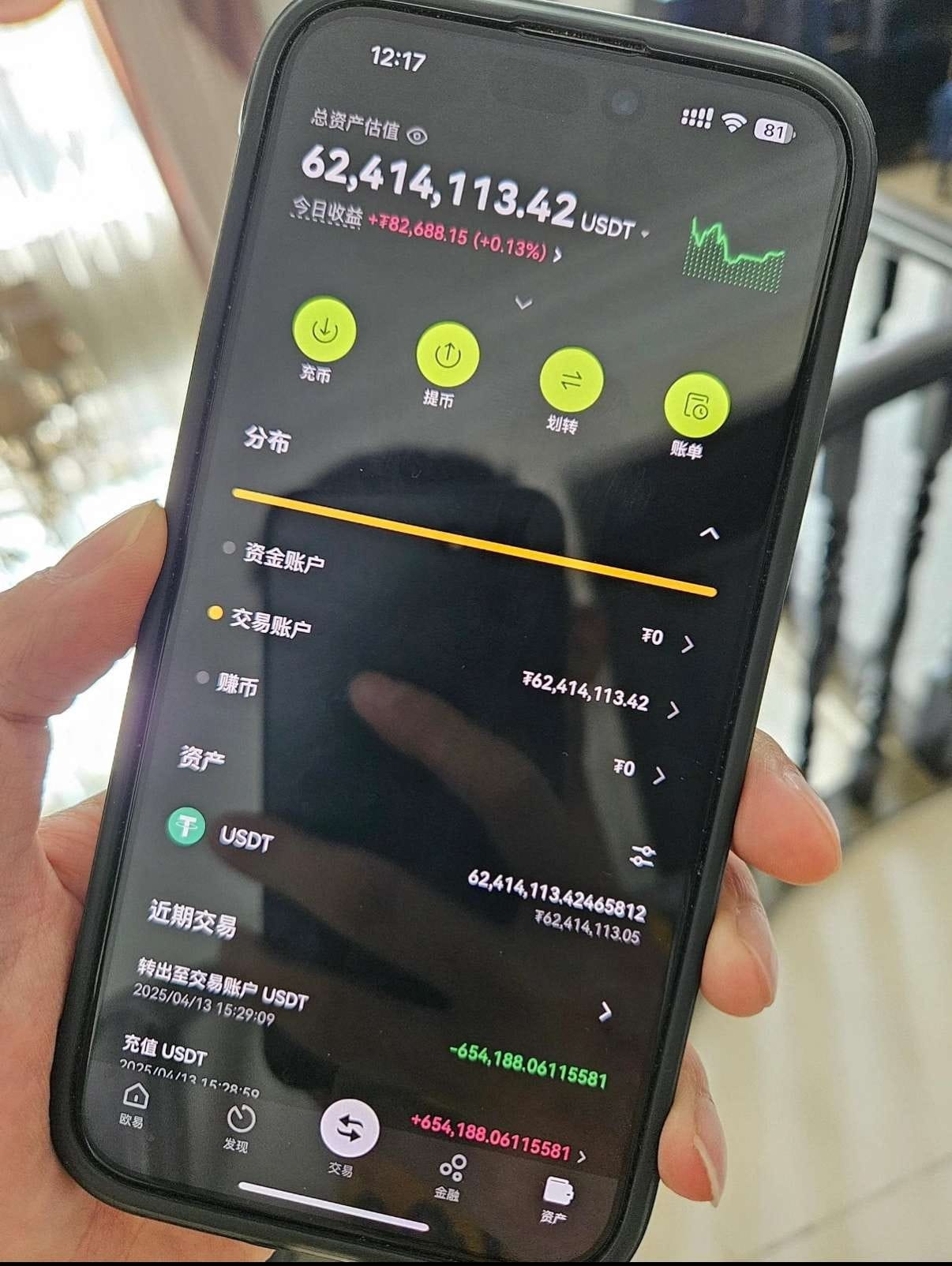
5 rules for veteran traders in cryptocurrency.
Full of practical insights, I hope to share with everyone to help newcomers avoid pitfalls.
1. Rapid increases and slow declines - the operator is collecting shares. If you see the market rising rapidly but falling slowly, it’s generally the operator quietly accumulating shares, preparing for the next round of rises. Don't be easily scared by small fluctuations; this may be a warm-up before a big surge.
2. Rapid declines and slow increases - the operator is unloading. When the market drops sharply while the rise is weak, it can generally be confirmed that the operator is cashing out. At this point, do not have a false sense of security; the market may soon enter a downward trend.
3. Don't rush to sell when volume spikes at the top; retreat quickly if volume shrinks. If the price reaches a peak with increased volume, don't rush to sell; there may still be further increases. But if the top volume is not significant, get out quickly, as it indicates that upward momentum is weakening and danger is approaching.
4. Be cautious with volume at the bottom; sustained volume allows entry. When you see volume at the bottom, don't rush to buy; it may just be a continuation in the process of decline. Wait for sustained volume to confirm that funds are continuously entering before considering an entry.
5. Trading cryptocurrencies is about emotions; trading volume reflects consensus. The cryptocurrency market largely revolves around emotions, and trading volume is a manifestation of market sentiment.
Pay close attention to trading volume, which can help you better grasp market trends. Following consensus can minimize the impact of emotional fluctuations. Although the cryptocurrency circle is filled with uncertainties, it also hides opportunities.
To navigate this market steadily, one must not only understand technology but also emotions. Stay calm and rational, and do not be misled by short-term fluctuations.
From despair to hope: the trading redemption of a factory worker.
At 11 pm, I received a blurry workshop photo, with a roaring assembly line in the background. In the corner of the photo, there were small letters: 'Teacher, this is my salary from last month, 6800U gone completely.
What should I do? The sender is Old Chen, a 45-year-old quality inspector at an electronics factory.
Awakening in the abyss.
Old Chen's trading records are heart-wrenching:
June 2023: Entered the market with ten years of savings and experienced three consecutive liquidations within three months. The most painful one: shorting BTC and getting stuck, cutting losses at the highest point.
The first step to rebirth.
We established the 'Workshop Trading Rules':
Only using weekends to study the market, each trade amount ≤ daily salary (about 30U), setting the stop loss as an alarm for machine failure (set on the phone).
The moment of realization.
One early morning in October, Old Chen sent a hand-drawn chart: 'Teacher, I've found that every time RSI falls below 30, it’s like our workshop’s defect rate...' This simple analogy helped him truly understand the oversold signal.
The power of discipline.
Trading records after the transformation:
November: Started with 300U principal, only trading BTC/ETH. The ironclad rule: only consider buying when the daily line is above the average, and immediately stop trading if a single loss exceeds 20U. Transfer the principal out once profits reach 50U.
The true trajectory of transformation.
December: Account surpassed 1000U (repaid overdue social security). February 2024: Precisely caught the ETH 2200 wave (account 3500U). April: First three consecutive weeks of profit (quit the night shift side job).
Now, Old Chen's account screenshot shows 90,000U, with trading insights recorded on the back of a quality inspection report: 'The K-line chart is like our product quality curve; we must stop production for maintenance when it breaks.' 'Position management is like the assembly line's rhythm; too fast can lead to accidents.' 'Taking profits is like releasing qualified products; it must be counted regularly.'
This story, devoid of legendary colors, contains the simplest trading wisdom: stability surpasses aggression, and discipline outweighs talent. Old Chen has a sticky note on his workstation: 'Did I follow the trading rules today?' - this is the belief he earned through blood and tears.
How many people have lost hope in turbulence? Countless.
The map for the next wave has already been drawn, with points, rhythm, and positions clearly marked. Following @币来财888, not engaging in fluff, just recognizing one principle: precise targeting, avoiding useless efforts.
But let's be clear: only people with strong execution will be brought along.

The dumbest method of trading cryptocurrencies, yet it caused my account to surge.
When I first entered the market, I was the same: I watched indicator crossings every day, studied various patterns, and listened to countless 'big shots' shout trades.
What’s the result? Three liquidations, and my account was almost wiped out.
Later, my mindset collapsed, and I simply gave up 'smart operations' and decided to follow the simplest method.
I didn't expect that this abandonment would pull my account from 2200U directly to 18WU.
The method is actually simple to the extreme, just three points:
1. Only act on breakouts, abandon sideways trends directly.
During turbulence, one is most easily harvested; false breakthroughs can catch many.
I only focus on trends; I enter when the price breaks key levels.
Either ride the big fluctuations with the trend or take small losses and exit; there's no need to predict the market.
2. Position deadlocked at 20%, never fully invested.
Each trade only uses 20% of the funds, even if wrong, it won't hurt too much.
Take profits directly on the right trades, don’t fantasize about eating it all in one go.
Sometimes I only make two trades in a week, but the win rate and profit are significantly higher than those who trade recklessly every day.
3. Only trends matter, no predictions.
Don't try to catch the bottom or guess the top.
I follow the market trends.
Chase the upward trend and follow the downward trend, which is both easy and stable.
Others laugh at me for not being able to draw lines or study complex models, yet they repeatedly get harvested in turbulence, while my account has already soared.
Ultimately, what truly creates the gap is not complex technology, but whether one can execute the simplest methods thoroughly.
Do not hold positions, do not over-leverage, and do not predict; just follow the trend - this is the key to flipping your capital.
Still can't read charts? Six essential basic trading indicators in the cryptocurrency circle.
Today, the teacher will explain 'Basic Trading Indicators': 1. MACD, 2. RSI, 3. Bollinger Bands, 4. EMA, 5. VWAP.
6. Volume.
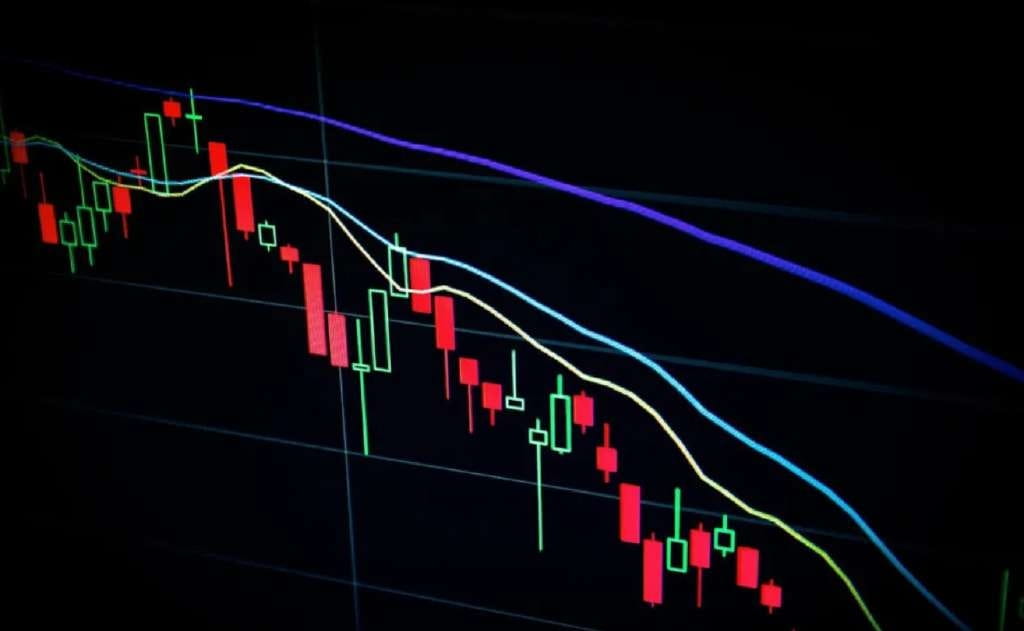
1. MACD. MACD measures the convergence and divergence of two moving averages of asset prices over time. MACD represents the value separation between two moving averages with different calculation periods.

When the MACD line crosses above the signal line from below, the trend will be bullish. When the MACD line crosses below the signal line from above, the trend will be bearish.
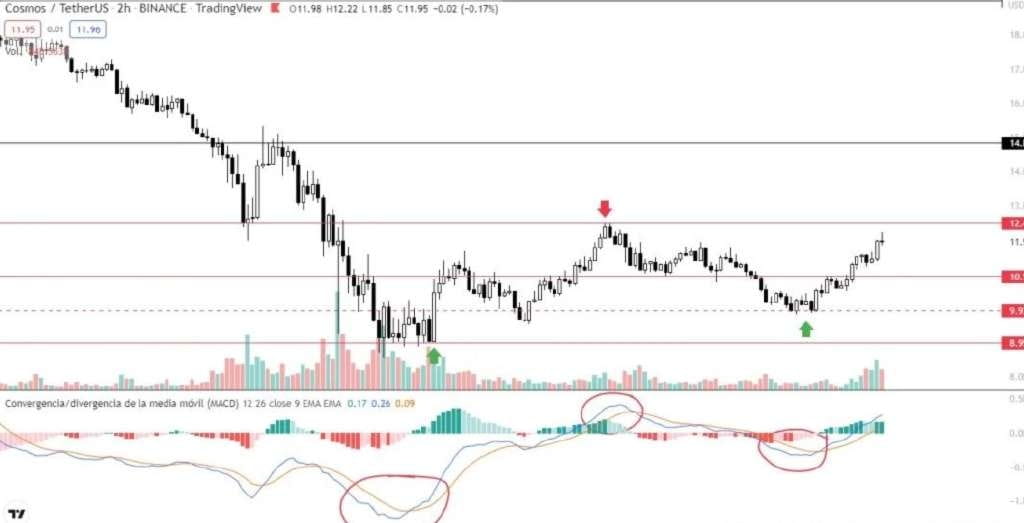
2. RSI. RSI is an oscillating indicator that reflects the relative strength between rising and falling trends. The RSI indicator around the 30 level reflects oversold levels; the RSI indicator around the 70 level reflects overbought levels.
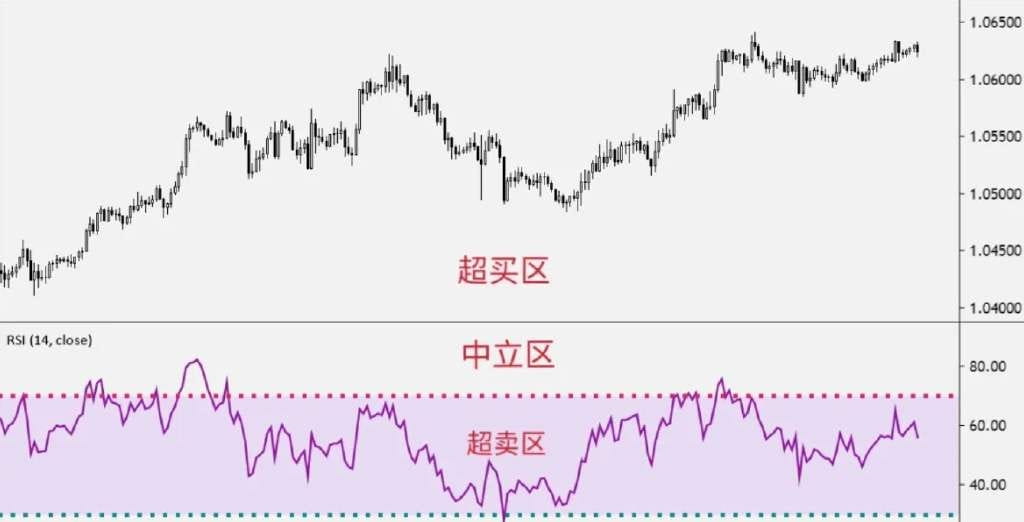
To draw an upward trend line on the indicator, you need to connect two or three or more peaks of the RSI indicator, just like when HH points appear. On the other hand, draw a downward line by connecting three or more peaks that are descending.

3. Bollinger Bands. Bollinger Bands are one of the most widely used trading indicators, used to compare the price value of any asset and its relative value changes over time.
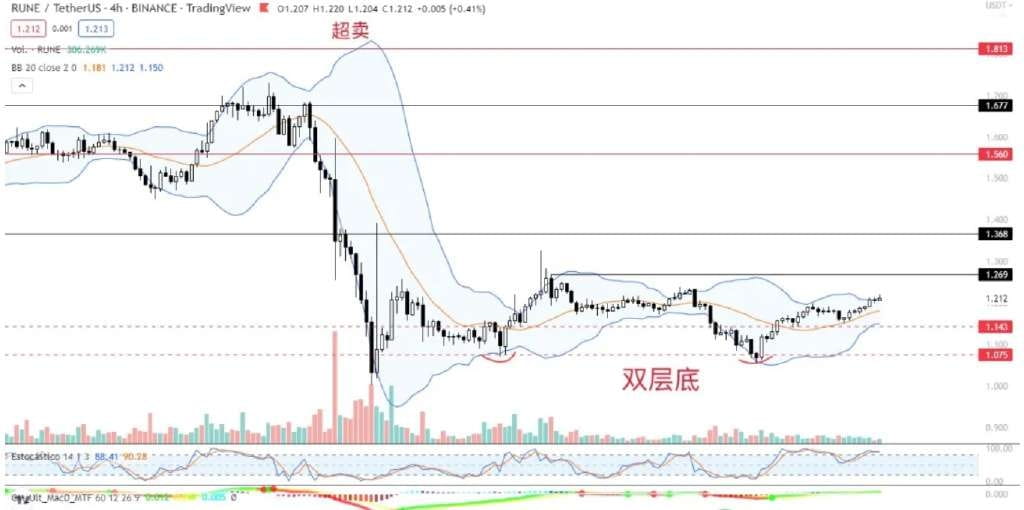
When these upward trends gradually narrow to the point of appearing to converge or overlap, a 'squeeze' occurs. If the price is close to the upper limit, it indicates a bullish breakout. If the price converges on the lower bound, it indicates a bearish breakout.
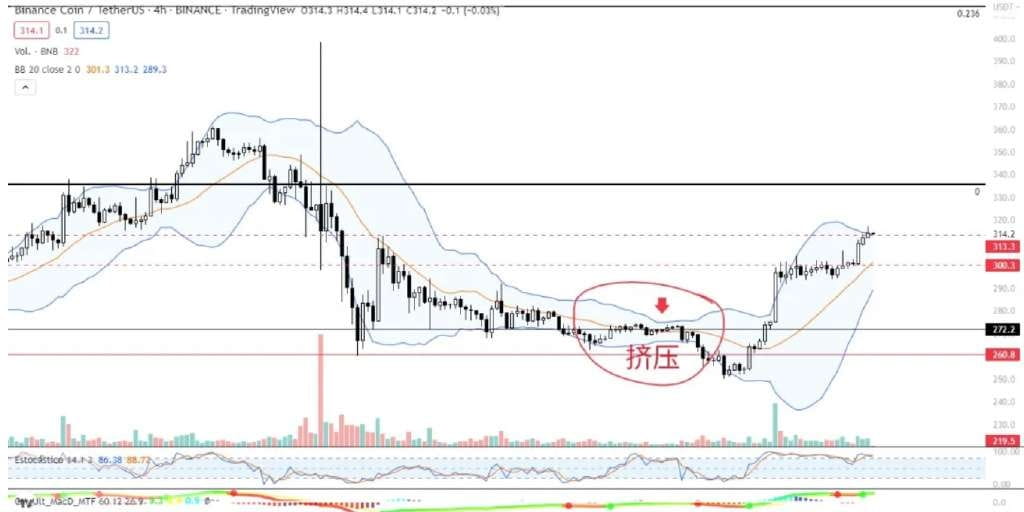
4. EMA. The exponential moving average is a weighted moving average used to measure bullish and bearish trends. EMA is used to determine whether prices are rising or falling and can also act as support and resistance.
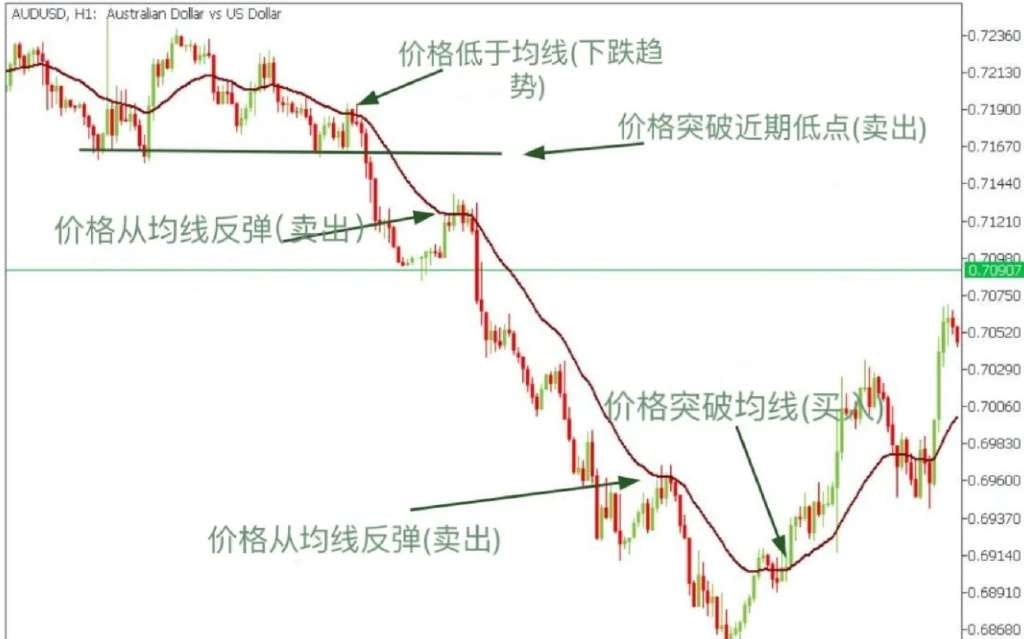
5. VWAP.
The volume-weighted average price is a technical analysis tool that shows the ratio of asset price to its total trading volume. It provides a measure of the average price at which a given time period's trading occurred.
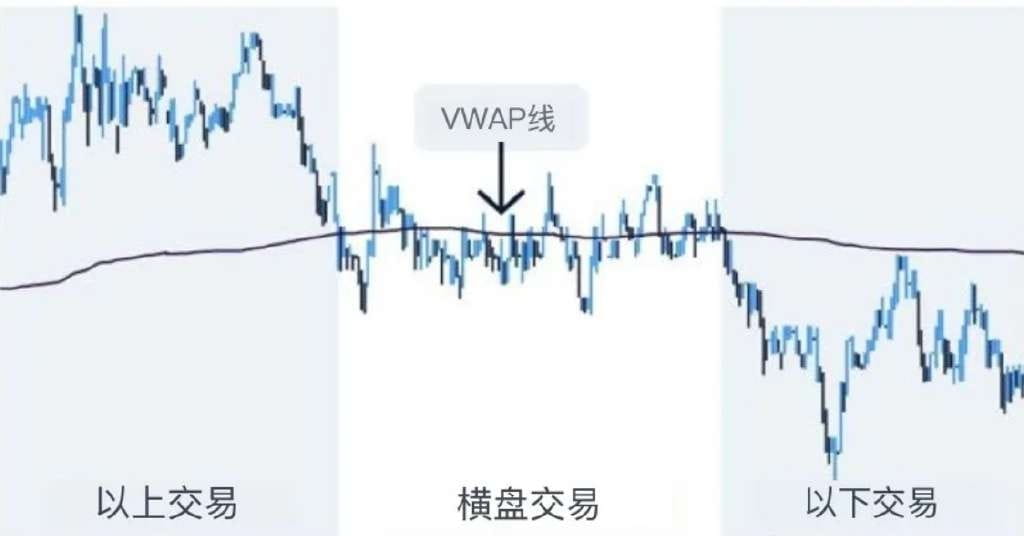
6. Volume.
Trading volume is an indicator of market activity and liquidity over a certain period. Higher trading volume is considered more favorable because it implies better liquidity and execution.
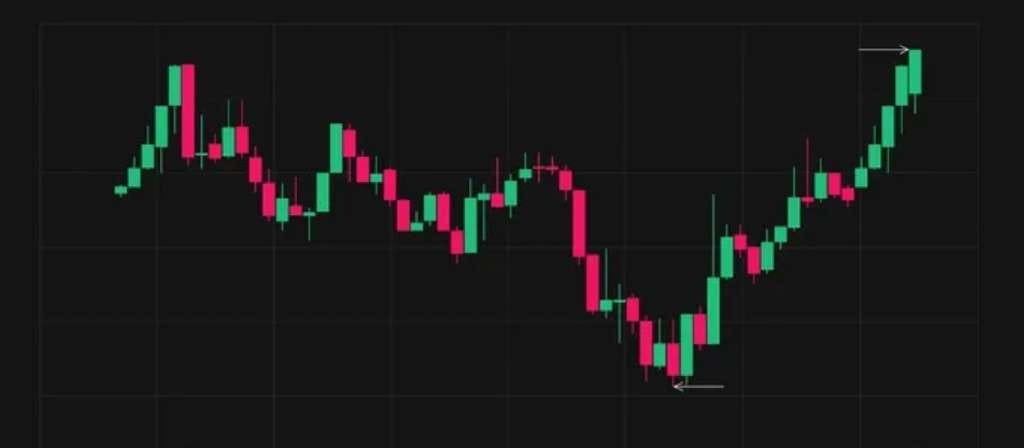
Today, let’s talk about something practical - perpetual contracts, which, simply put, are futures with no expiration date. You don’t have to worry about delivery time; as long as you don’t get liquidated, you can hold as long as you want. It's perfect for those who stay up late watching the market!
How to choose the leverage multiplier? Insiders have various opinions.
In the circle, some use 30x leverage and are as steady as Mount Tai, while others use 50x leverage for aggressive operations. But honestly, since we're playing contracts, what's the difference between 1x leverage and buying spot? For example 🌰: For a popular coin, 5U can enter with 100x leverage, while 30x requires 16U. In the same market situation, 100x can achieve the freedom of milk tea, while 1x might not even cover the fees...
But! Here comes the key point!
Never use a meager principal to engage in high-risk situations! I've seen too many people use 500U as principal to open 100x leverage, only to be eliminated with slight market fluctuations. Remember: leverage is a magnifier, not a money printer. It’s advisable to have an additional 20% margin to add a layer of 'protective clothing' to your account, enhancing risk resistance.
Liquidation warning! Never imitate these operations.
1. Holding on stubbornly: thinking I can withstand everything, only to end up liquidated.
2. Full margin gamble: This is not investment, it's just giving money to exchanges.
3. Adding to positions against the trend: buying more as it falls? Exchanges love these 'good-hearted' people.
Lifesaving techniques:
✅ Use isolated margin mode; if one trade loses, there are still opportunities to place new trades.
✅ Set stop losses more decisively than you would treat an ex.
✅ Set a small daily goal (for example, earning 50U from a 5000U principal), and stop once achieved.
Real profit calculation (keeping it in mind)
Assuming a daily gain of 1%-2%, achieving this for 20 days in a month:
- 5000U × 1% × 20 days = 1000U.
- Even if there are some days of losses, the floor can still yield several hundred U.
Isn't this more exciting than bank wealth management? But remember - contracts are not a casino; planning is the key to going far.
Finally, let me give everyone a phrase to remember:
"Lower the leverage, set the stop loss earlier,
Make money and run fast, stay far from liquidation.
The essence of making money in the cryptocurrency circle boils down to four gaps:
First, information gap - I know, but you don’t yet;
Second, cognitive gap - I understand, but you haven't grasped it yet;
Third, execution gap - we both understand, but I dare to act while you hesitate;
Fourth, competitive gap - we are both doing it, but I do it faster and better.
In the cryptocurrency circle, winners are often not the smartest.
It’s about those who can see the direction in chaos, maintain their mindset, and act decisively.
Real opportunities belong to those who can continuously learn, adapt to the market, and dare to take action.
So, recognize the gap and improve yourself.